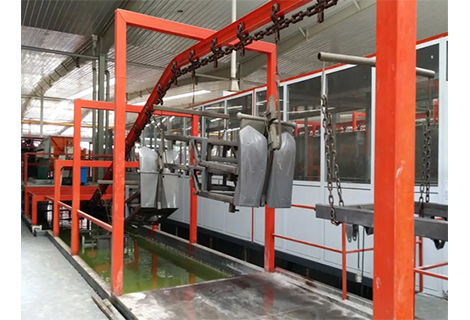In order to ensure the optimal quality of parts, the surface of components after manufacturing applications must be maintained within the desired range of roughness. Surface treatment plays a critical role in the performance and durability of products. Therefore, it is essential to understand the concept of surface roughness and how to measure it.
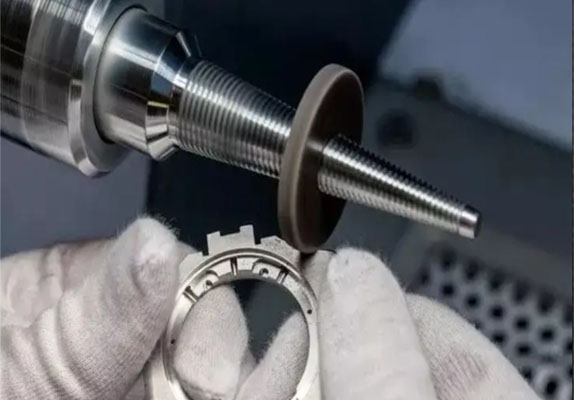
Surface roughness refers to a measure of the texture of a surface. It is quantified by the vertical deviations of a real surface from its ideal form. The surface is rough if these variations are great; and smooth if they are minimal. Roughness is commonly thought of as a high-frequency, short-wavelength component of a measured surface. In practice, knowing both the amplitude and frequency is frequently required to confirm that a surface is suited for the purpose.
When you are confused about surface roughness symbols, you can search them on Broeser and find a range of symbols, including Ra, Rz, and more. Here are some clarifications for the symbol of surface roughness:
Ra is a useful average, but it does not distinguish between peaks and valleys. The same Ra value might be assigned to quite diverse profiles. The upper limit or maximum value of a parameter in a technical specification is frequently discovered during inspection.
Rz, as opposed to Ra, takes the average of the five largest disparities between peaks and troughs. The measurement is performed with five sampling lengths, which helps to eliminate mistakes because Ra is somewhat insensitive to some extremes.
Rq (and occasionally RMS) is another factor for the description of measuring surface roughness for the root-mean-square deviation of a profile.
Surface roughness is a measure of the smoothness of a surface's profile. Ra is a numerical parameter. The arithmetic average of surface heights measured across a surface is shown on the Ra surface finish chart.
Roughness, waviness, and lay are the three main components of a surface, as previously stated. As a result, several factors influence the surface geometry properties. Likewise, there are several methods for surface roughness measurement. The methods contain:
The measured surface and the surface roughness template are directly compared, and the workpiece with a larger surface roughness value is used.
Surface roughness has most commonly measured by an instrument where a stylus is used to move across a surface, the movement of the stylus is amplified, and the signal is recorded to determine how rough the surface is. The arithmetic average value of the deviation of the trace above and below the center line is the outcome, which is typically written as Ra or average roughness.
Optical cutting methods employ light or sound instead of contact. The stylus is replaced with optical instruments such as white light and confocal. Different measurement principles are used by this equipment. After that, the physical probes can be replaced with optical sensors or microscopes. The instrument will first send an ultrasonic pulse to the surface. The sound waves will then be altered and reflected back to the device. The reflected waves can then be evaluated to derive roughness parameters.
The printing method can be used for large parts or the inner surface of parts that are not easy to measure directly. The peak-valley value of the impression surface is always smaller than that of the measured surface, so this result needs to be corrected.
From the above, we know 4 methods to measure surface roughness, and how to evaluate surface roughness when we have obtained the parameters.
For describing surface flaws, surface texture parameters are useless. Therefore, when inspecting the surface texture, surface flaws like pores and scratches are not to be taken into account. A collection of single values of the surface texture parameter, each determined from an evaluation length, shall be utilized to determine whether or not a workpiece's surface complies with the specification. The number of sampling lengths within the evaluation lengths with which the single value of the surface texture parameter is obtained as well as the number of evaluation lengths, or the number of measurements along the surface, determine how accurately the decision is made as to whether or not the surface being inspected meets the specification and the precision of the mean value obtained for the surface texture parameter of the same surface.
Richconn is a well-known surface finishing supplier recognized for its skill in providing dependable and high-quality polishing solutions including CNC surface finish. It takes pride in its dedication to excellent customer service and emphasis on precision engineering. There are several benefits associated with the sheet metal polishing service from Richconn. Some of them include:
High-quality & cost-effective polishing services
Handle the correct procedures effectively to perfectly meet strict surface roughness standards
Offer both mechanical polishing and hand polishing
Experienced in carrying out different finishing processes ranging from anodizing, electroplating, and bead blasting to polishing, brushing, and more
Due to their significant expertise, cutting-edge technology, dedication to quality, versatility, knowledgeable staff, prompt delivery, and satisfied customers, Richconn is acknowledged as the top polishing service provider.
In today's production, obtaining exact surface roughness could be expensive and difficult, thus surface finishing operations need to use the best methods to produce the desired finishes on fabricated parts. You can count on the best on-demand services from Richconn which firmly aims to maximize the potential of your projects. Get excellent custom polishing service from Richconn today! Contact NOW!
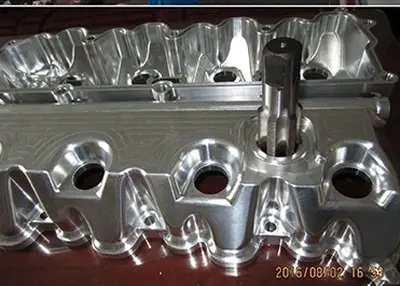 Difference Between Hot Rolled and Cold RolledDecember 4, 2023Steel comes in a variety of grades, sizes, shapes and finishes - the World Steel Association lists more than 3,500 different grades of steel, most with unique properties. The variety of steel grades means that steel can be used in a wide range of applications for foundations, appliances, vehicles, wind turbines and many more.view
Difference Between Hot Rolled and Cold RolledDecember 4, 2023Steel comes in a variety of grades, sizes, shapes and finishes - the World Steel Association lists more than 3,500 different grades of steel, most with unique properties. The variety of steel grades means that steel can be used in a wide range of applications for foundations, appliances, vehicles, wind turbines and many more.view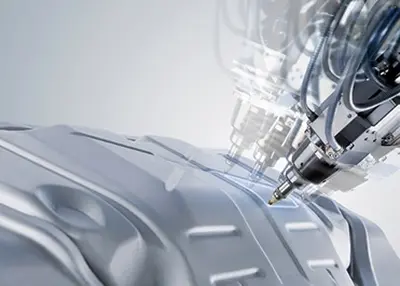 What is CNC Milling Machine: Definition, Uses, Types & PricesMarch 29, 2024Let's delve deeper into CNC milling machine, which holds significant importance for your project, and explore the mill machine in detail.view
What is CNC Milling Machine: Definition, Uses, Types & PricesMarch 29, 2024Let's delve deeper into CNC milling machine, which holds significant importance for your project, and explore the mill machine in detail.view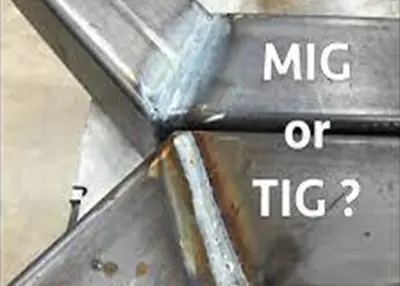 MIG Welding vs. TIG Welding: Choosing the Right Welding MethodSeptember 25, 2023MIG vs. TIG welding: Master the art, choose wisely. Explore techniques, applications, and trends for welding success.view
MIG Welding vs. TIG Welding: Choosing the Right Welding MethodSeptember 25, 2023MIG vs. TIG welding: Master the art, choose wisely. Explore techniques, applications, and trends for welding success.view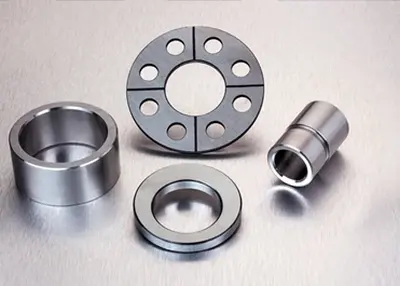 Five Axis CNC Machine Tool: Precision Machining of Carbon Fiber Composite MaterialsMay 22, 2023Further CNC cutting and drilling of raw carbon fiber parts is necessary to meet the precision requirements or assembly needs. According to new material introductions, carbon fiber reinforced composite...view
Five Axis CNC Machine Tool: Precision Machining of Carbon Fiber Composite MaterialsMay 22, 2023Further CNC cutting and drilling of raw carbon fiber parts is necessary to meet the precision requirements or assembly needs. According to new material introductions, carbon fiber reinforced composite...view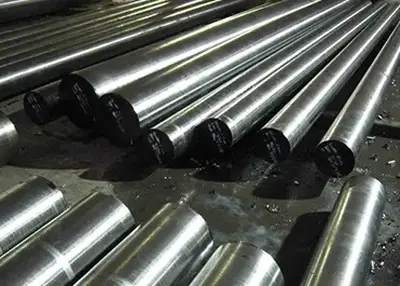 4140 Steel: A Versatile Alloy with Excellent PropertiesDecember 7, 2023Steel is one of the most widely used materials in the world, thanks to its strength, durability, and versatility. However, not all steel grades are the same. Depending on the chemical composition and the heat treatment, different steel grades can have different properties and applications.view
4140 Steel: A Versatile Alloy with Excellent PropertiesDecember 7, 2023Steel is one of the most widely used materials in the world, thanks to its strength, durability, and versatility. However, not all steel grades are the same. Depending on the chemical composition and the heat treatment, different steel grades can have different properties and applications.view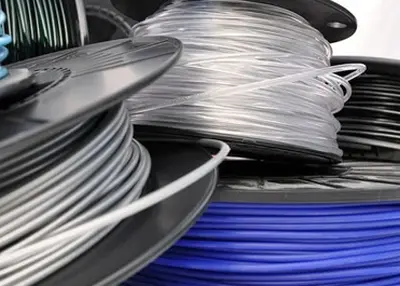 3D Printing Materials GuideOctober 9, 20233D printing, also known as additive manufacturing, has a wide range of materials available for creating objects. The choice of material depends on factors such as the desired properties of the final o...view
3D Printing Materials GuideOctober 9, 20233D printing, also known as additive manufacturing, has a wide range of materials available for creating objects. The choice of material depends on factors such as the desired properties of the final o...view
 EN
EN
 ru
ru 
